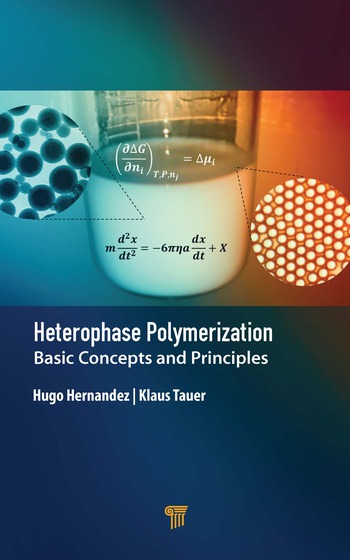Ask Dr. Dave

QUESTION: What choices do I have for bonding acrylic plastics?
ANSWER: Traditionally, the bonding of these plastics was done with solvent or solvent cements, which comprise solutions of acrylic plastics in solvents. Very good results can be obtained with these adhesives, although many customers are now reluctant to use solvents for environmental or flammability reasons. Two-part, 100%-solid acrylic cements are an excellent alternative to solvent cements. The formula for these is quite similar to dental cements and comprises a solution of polymethylmethacrylate in an acrylic monomer, typically methyl methacrylate. They are cured with an amide/peroxide cure system. However, these acrylic cements are very rigid and quite brittle. If you require flexibility in your adhesive, you can use a rubber-toughened acrylic adhesive, though there may be some loss of clarity in the bond line with this type of adhesive.
QUESTION: We dispense a fast-curing two-part epoxy through a static mixer, and occasionally the material doesn't cure. What could be the cause of this?
ANSWER: There are a few reasons why this might happen. Assuming you have checked out the quality of the adhesive independently, then the most probable reasons for non-cure are use of the wrong static mixer or air bubbles in your adhesive. When choosing a static mixer, the diameter, length and number of mixing elements are important, particularly if your adhesive is viscous. Choosing the right mixer can be done by experiment - checking for color striations in the mixed adhesive or incomplete curing. Your static mixer supplier can also provide good advice based on his experiences with other customers. The incorporation of air bubbles during production of the adhesive is a common cause of irreproducible dispensing. The best way to remove air bubbles is to de-aerate your adhesive under vacuum; sometimes heat is also used to lower the viscosity of the adhesive during this process. It is also possible to use an ultrasonic bubble detector in your dispensing lines that will sound an alarm or shut down the dispenser when bubbles are found.
Links
Looking for a reprint of this article?
From high-res PDFs to custom plaques, order your copy today!






